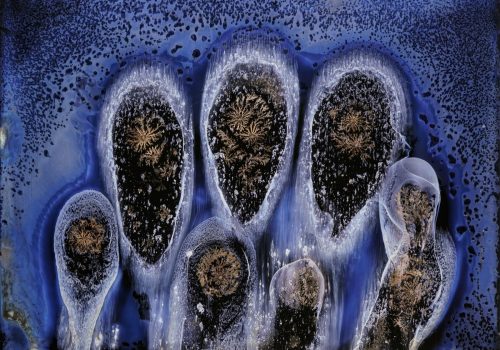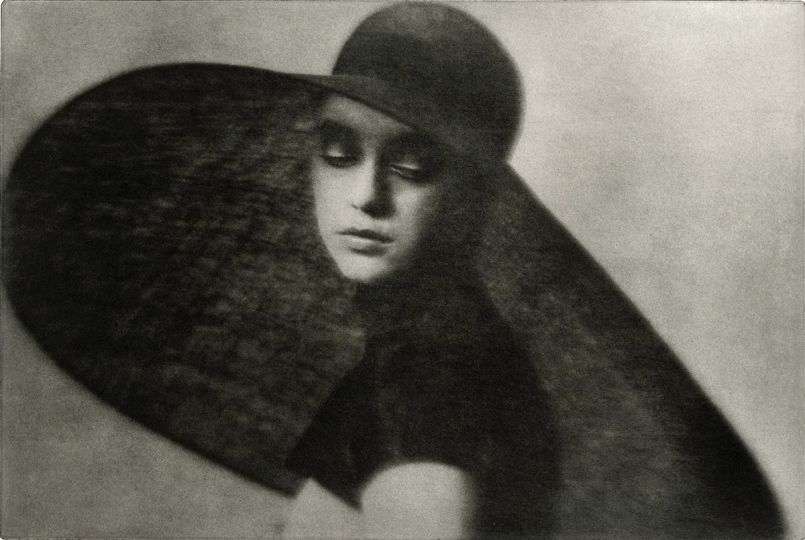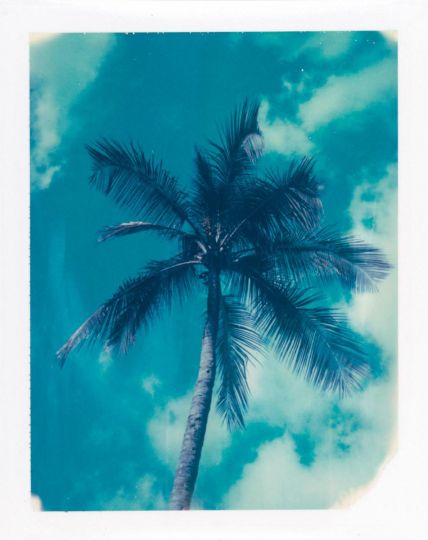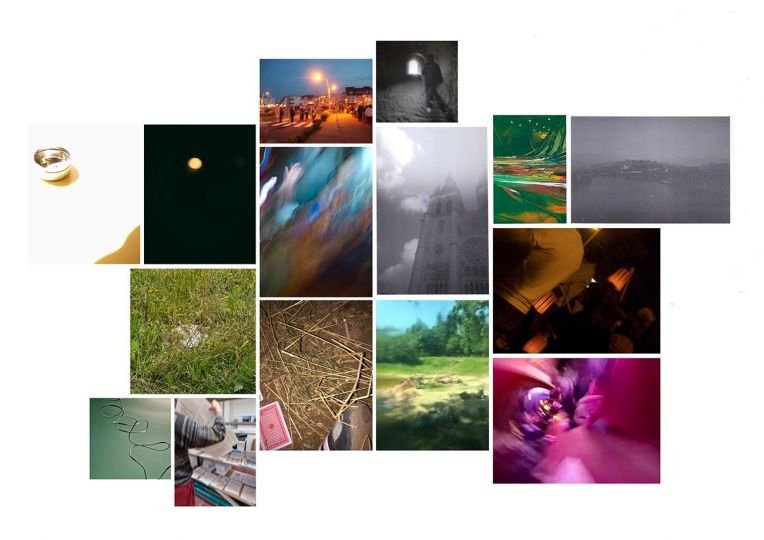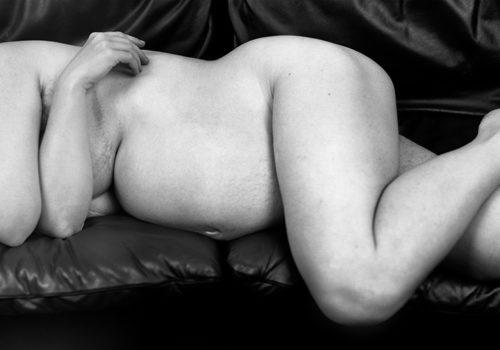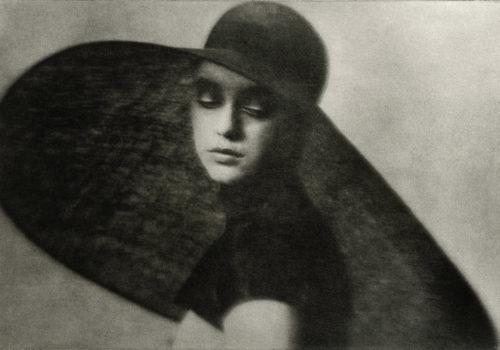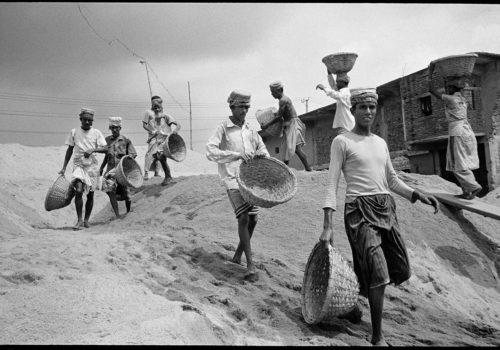On August 9, 1945, the United States dropped an atomic bomb on the town of Nagasaki, a short distance from the home of Michael Koerner’s mother. The chemical fallout from the bomb instantly killed tens of thousands of people, and left many more reeling from its effects for the rest of their lives. Koerner’s family is just one example of the devastation that chemical warfare had during World War II.
Michael Koerner (b. Okinawa, Japan, 1963) is the oldest of five brothers. Due to genetic deformities resulting from cancer, he is the only remaining living sibling. His brothers’ fates (and potentially his own one day) can be linked to their mother, who was eleven years old on that ill-fated August day. She lived in Sasebo, Japan, 45 miles away from the blast. The long-term effects of gamma radiation led to his mother’s death at an early age, and all of his brothers. Koerner’s work explores his family history and genetics through small tintypes, using photographic chemistry to assimilate the bursts and biochemical fallout from the atom bomb. With a family history of various cancers, it is no wonder Koerner became an organic chemist, currently teaching at the University of Illinois at Urbana-Champaign.
Koerner’s 6 x 8” tintypes seduce the viewer with glistening deep blacks, metallic silvers, and odd green, yellow and blue hues, to talk about disease. By blowing through a straw, or dripping chemicals from an eyedropper onto tin plates, Koerner manipulates collodion to create sunbursts, explosions, amorphous shapes, and double helixes, all of which reference his family history. In Waterfalls we see vibrant blue chemical drippings, reminiscent of pieces by the 18th c. Japanese artist Katsushika Hokusai; in Phases small balls float across the sky, resembling shooting stars; in Finger Prints, the repetitive imprint of the artists fingertips suggests a medical scan or disease. As he states:
“I am the oldest of five brothers. The next born son of my parents lived for only several days. The next son was stillborn and the next was miscarried late in the third trimester. The
cause of each of these tragedies was traced to genetic abnormalities. My youngest brother, Richard, eventually succumbed to complications associated with two separate bouts of lymphatic cancer. He lived until he was 32 years of age. There is a tremendous amount of pain and guilt associated with these horrendous endings. It is almost impossible to eliminate or even subdue the feelings that something could have been done differently or avoided.
About half of the 80 thousand deaths from the attack on Nagasaki occurred in the first day, while the other half of the deaths occurred from radiation sickness and burns in the following few months. Realistically, the ultimate death toll is at least ten times higher when you approximate the long-term effect of severe, acute exposure to gamma radiation. My mother and each of her four siblings died of rare genetic disorders and/or cancer at ages much younger than the median life expectancy. I remain hyper-vigilant towards my own cancer diagnosis and exhibit my own feelings of survivor’s guilt. These feelings, and family history and experiences, drive my artistic practice.”
Michael Koerner started showing his tintypes less than two years ago, and is part of numerous collections including the Sir Elton John Collection (Atlanta, GA), Nelson-Atkins Museum of Art, (Kansas City, MO) and the Norton Museum of Art (West Palm Beach, FL). We are honored to present his first solo exhibition and believe it is a fitting way to close out our 31 years in River North. We opened the gallery with Nan Goldin’s Ballad of Sexual Dependency, a visual diary of the artist’s struggle with love, addiction, heartache and friendship. And we say thank you to River North with the work of a newly discovered photographer, Michael Koerner, who teaches us about our past and its ramifications, through visually stunning pieces of art. We look forward to welcoming the public to our new space at 1637 W. Chicago Ave., in March 2019.
November 2 – December 22, 2018

